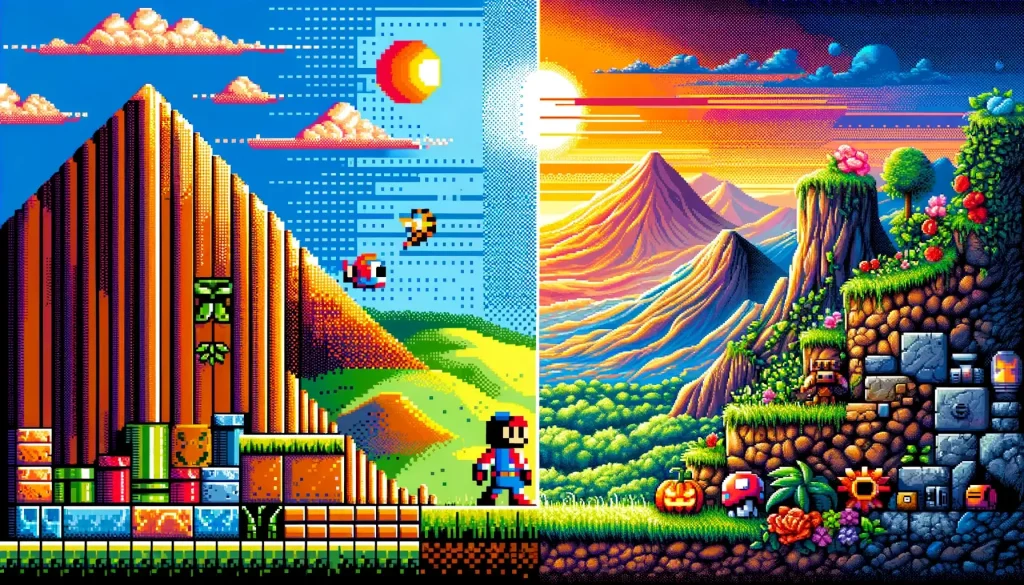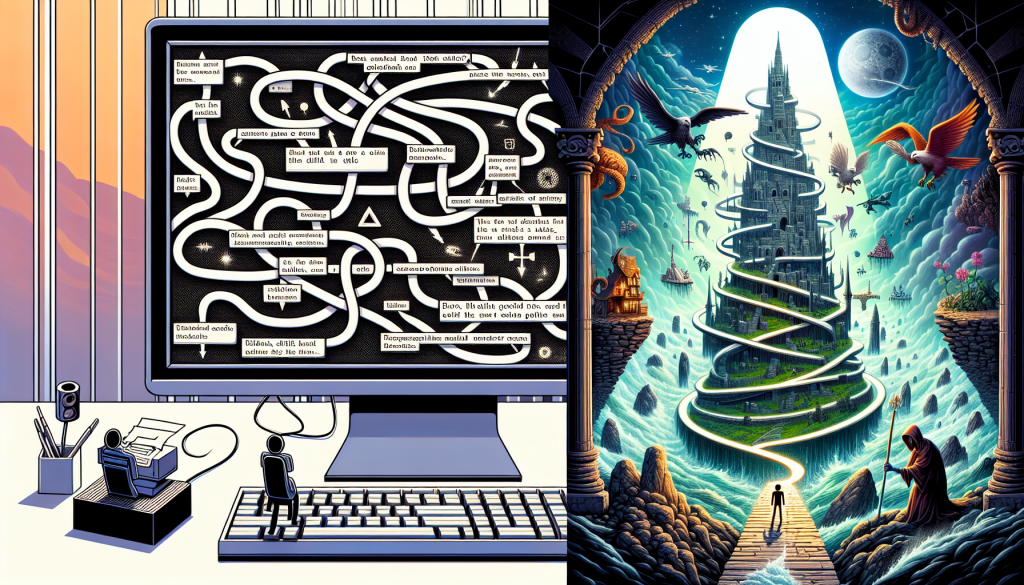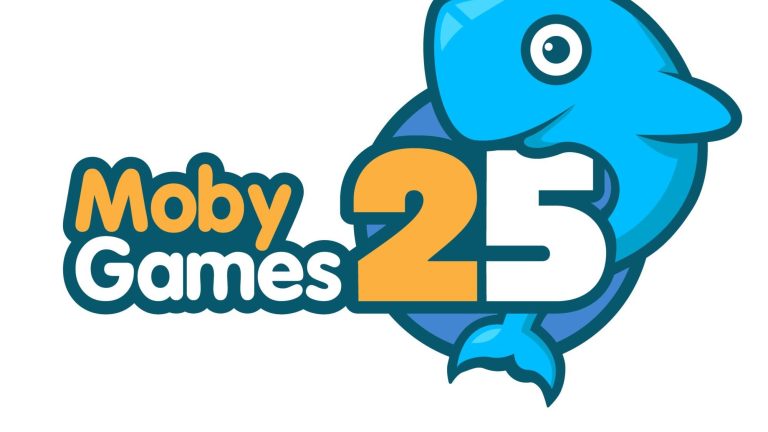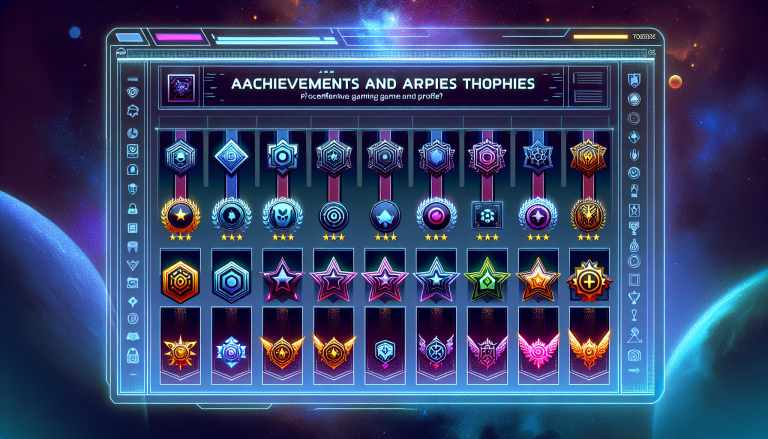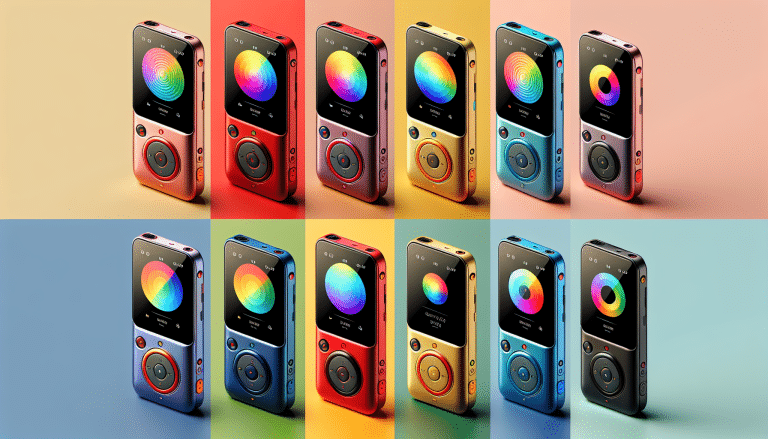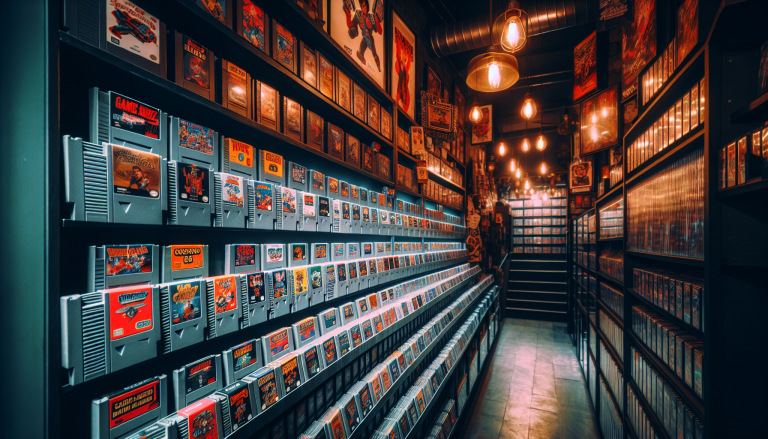The Nostalgia Factor: How Retro Game Art and Music Evoke Fond Memories
Ah, retro games. They hold a special place in the hearts of many gamers, transporting us back to simpler times filled with pixelated adventures and catchy chiptunes. There’s just something about the art and music of retro games that has the power to evoke fond memories and a sense of nostalgia. Let’s dive into why that is.When we think of retro game art, what often comes to mind are those charming pixelated graphics that defined the early days of gaming. These visuals may seem simple compared to the hyper-realistic graphics of modern games, but they possess a unique charm that continues to captivate players to this day.
One reason why retro game art can evoke such strong nostalgia is because it harkens back to a time when gaming was still a new and exciting medium. It reminds us of the hours we spent sitting on the living room floor, clutching a chunky controller, and immersing ourselves in pixelated worlds. These simple graphics may not have been as visually impressive as today’s games, but they sparked our imagination and allowed us to project our own stories onto the screen.
Additionally, retro game art often features vibrant and distinct color palettes. Each game had its own unique visual style, whether it was the bright and cheery world of Super Mario Bros. or the dark and moody atmosphere of Castlevania. These colors became ingrained in our memories, and whenever we see similar hues in modern games or art, it instantly triggers a wave of nostalgia.
But it’s not just the visuals that contribute to the nostalgia factor; retro game music also plays a significant role. Chiptune music, characterized by its synthesized sound and catchy melodies, is synonymous with classic video games. The limited sound capabilities of early gaming consoles forced composers to get creative, resulting in tunes that were simple yet incredibly catchy.
Chiptune music has a way of digging deep into our memories, instantly transporting us back to the time when we first encountered those unforgettable melodies. Whether it’s the iconic theme from Super Mario Bros. or the hauntingly beautiful soundtrack of The Legend of Zelda, these tunes have become ingrained in our cultural consciousness.
Moreover, the repetitive nature of chiptune music made it perfect for the gameplay loops of retro games. These melodies would loop endlessly as we navigated through levels and defeated enemies, becoming the soundtrack to our gaming experiences.
The nostalgia we feel when encountering retro game art and music is powerful, and it’s no wonder that many modern games pay homage to these beloved classics. From indie titles like Shovel Knight to AAA games like Celeste, developers continue to draw inspiration from the art and music of yesteryear, tapping into our collective nostalgia and creating new experiences that resonate with both old and new players alike.
The Creative Process: Exploring the Artistic Techniques Used in Retro Game Design
If you’ve ever played a retro video game, you may have found yourself marveling at the pixelated graphics and vibrant colors that defined the era. Retro game design is a fascinating realm where creativity and technical skills merge to create immersive and visually striking experiences. In this article, we will delve into the creative process behind retro game design and explore the artistic techniques that made these games so iconic. One of the defining features of retro game design is the limited graphical capabilities of early gaming consoles. With pixelated graphics and a limited color palette, designers had to work within these constraints to create visually appealing and recognizable characters and environments. This required a meticulous attention to detail and an ability to convey complex ideas with simple, pixelated sprites. Pixel art, the technique used to create the pixelated graphics in retro games, is a form of digital art that involves using individual pixels to form an image. Each pixel is carefully placed to create the desired shape and color, resulting in a distinctive and nostalgic visual style. This technique requires a deep understanding of color theory, as well as an ability to work within the limitations of a low-resolution canvas. In addition to pixel art, retro game designers often employed other artistic techniques to enhance the visual appeal of their games. Sprites, which are the individual objects or characters in a game, were meticulously animated frame by frame to create smooth and fluid movements. This required not only artistic skill but also a keen understanding of the technical limitations of the hardware. Background art was another crucial aspect of retro game design. These backgrounds set the stage for the player’s adventure, whether it was a colorful fantasy world or a dark and mysterious dungeon. Designers used atmospheric techniques such as parallax scrolling, where multiple layers of background images move at different speeds, to create a sense of depth and immersion. Sound also played a vital role in the retro gaming experience. Chiptune music, characterized by its distinctive bleeps and bloops, was the result of using computer chips to produce sound in early gaming consoles. Despite their technical limitations, chiptunes have a unique charm and are often considered an integral part of the retro gaming aesthetic. Composers used the limited musical channels available to create catchy melodies and memorable tunes that are still beloved today. To create a truly authentic retro game experience, contemporary designers can learn a lot from the techniques used in the past. The careful attention to detail, the mastery of pixel art, and the creative use of limited resources are all valuable lessons that can be applied to modern game design. It’s a balance of nostalgia and innovation, paying homage to the past while pushing the boundaries of what is possible. In conclusion, the creative process behind retro game design is a fascinating journey that combines artistic skill, technical knowledge, and a deep understanding of the limitations of early gaming consoles. From pixel art and animation to atmospheric backgrounds and chiptune music, retro games continue to captivate players with their unique visual and auditory styles. By exploring and appreciating the artistic techniques used in retro game design, we can gain a greater appreciation for the creativity and innovation that went into crafting these beloved classics. Now, it’s time to dust off that old console and rediscover the magic of retro gaming.The Impact of Chiptune Music: Understanding the Unique Sound of Retro Video Games
Welcome to the world of chiptune music, where beeping and blooping sounds transport us back to the golden age of retro video games. If you grew up playing classic games like Super Mario Bros., Pac-Man, or Tetris, you’re likely familiar with the distinctive soundtracks that accompanied these pixelated adventures. But have you ever wondered why chiptune music holds such a special place in our hearts? Let’s delve into the impact and allure of this unique genre.
Chiptune music, also known as 8-bit music, refers to the soundtracks created using the audio chips found in vintage gaming consoles and computers from the 1980s and 1990s. These chips had limited capabilities, generating simple waveforms and producing a distinct lo-fi sound. Despite their constraints, video game composers managed to create catchy and memorable tunes that have become synonymous with the era.
The charm of chiptune music lies in its simplicity and nostalgia. The beeps and bloops may seem primitive by today’s standards, but they transport us back to a time when gaming was in its infancy. The familiar tunes instantly evoke feelings of joy, excitement, and nostalgia, reminding us of the countless hours spent immersed in virtual worlds.
One of the reasons chiptune music has endured is its innate ability to captivate and connect with players on an emotional level. The melodies may be minimalistic, but they are carefully crafted to convey a range of emotions, from the adrenaline-pumping tunes of action-packed levels to the soothing melodies of serene environments. These melodies became the soundtrack to our gaming adventures, enhancing our overall experience and creating lasting memories.
Another fascinating aspect of chiptune music is the creative ingenuity behind its composition. Video game composers had to work within the limitations of the hardware, often relying on clever programming techniques and exploiting the quirks of the audio chips to create complex and dynamic soundscapes. They pushed the boundaries of what was possible, showcasing their mastery of the craft and proving that creativity knows no bounds.
Despite its retro origins, chiptune music continues to thrive in modern gaming and popular culture. Many contemporary game developers incorporate chiptune-inspired soundtracks into their games as a homage to the classics, paying tribute to the influential role these melodies played in shaping the gaming industry. Additionally, chiptune music has found its way into various music genres, with artists and bands embracing the nostalgic sound and infusing it with their own unique style.
If you’re interested in exploring the world of chiptune music, there are plenty of resources available to satisfy your curiosity. Online communities and websites dedicated to chiptune music provide a platform for enthusiasts to share and discover new tunes. You can also find chiptune artists on platforms like Bandcamp and Spotify, where they showcase their original compositions and reinterpretations of classic video game soundtracks.
So next time you find yourself humming along to the catchy tunes of a retro video game, take a moment to appreciate the impact and significance of chiptune music. It’s not just about the nostalgic melodies; it’s about the creativity, the emotions, and the sense of connection that these simple tunes continue to evoke. Chiptune music is a testament to the enduring power of video game soundtracks and their ability to transport us back to a simpler time.
Enduring Visual Styles: Examining the Iconic Art Direction of Retro Game Graphics
Step into the time machine of video games and you’ll find yourself surrounded by pixelated wonders and vibrant colors. Retro game graphics, with their distinctive style and charm, have left an indelible mark on the gaming industry. From the blocky characters of the early arcade games to the detailed 2D sprites of the Super Nintendo era, these visual styles have become iconic symbols of a bygone era.
But what makes retro game graphics so enduring? Why do they continue to captivate players even in a world of hyper-realistic 3D graphics? Let’s dive into the world of pixel art and explore the art direction choices that have made retro games a timeless source of visual inspiration.
A World of Limitations
In the early days of video games, developers were limited by the technology of the time. With limited processing power and memory, they had to find creative ways to bring their visions to life. This led to the birth of pixel art, a style characterized by its blocky, pixelated aesthetic.
Despite these limitations, game designers were able to create incredibly expressive and visually striking graphics. By carefully choosing colors and arranging pixels, they were able to convey complex emotions and tell compelling stories. The simplicity of pixel art allowed players to fill in the gaps with their imagination, resulting in a sense of immersion that is still cherished today.
Unforgettable Characters and Environments
One of the defining features of retro game graphics is the memorable characters and environments they portray. From the heroic plumber Mario to the menacing creatures of the Metroid series, these pixelated icons have become synonymous with gaming culture.
The art direction of retro games played a crucial role in creating these enduring characters. By using bold colors, exaggerated proportions, and distinct silhouettes, developers were able to make their characters instantly recognizable. This allowed players to form strong emotional connections with these virtual avatars, further cementing their place in gaming history.
Timeless Appeal and Accessibility
Unlike the ever-evolving world of 3D graphics, retro game graphics have a timeless appeal that transcends technological advancements. The simplicity and charm of pixel art are universally appreciated, making retro games accessible to players of all ages.
Furthermore, retro game graphics often prioritize gameplay over visual fidelity. This focus on gameplay mechanics and level design has resulted in some of the most beloved and challenging games in history. Aspiring game designers can learn a valuable lesson from this approach: it’s not always about the graphics, but rather the gameplay experience that truly matters.
Reviving the Retro Spirit
In recent years, there has been a resurgence of retro-inspired games that pay tribute to the art direction of the past. These games capture the nostalgia of the golden age of gaming while bringing fresh ideas and modern gameplay mechanics to the table.
Whether it’s the indie masterpiece “Shovel Knight” or the critically acclaimed “Celeste,” these modern retro games prove that the visual styles of the past still have a place in our hearts. They remind us of a simpler time when all we needed was a controller and a screen to embark on epic adventures.
So, the next time you fire up a retro game or stumble upon a pixelated masterpiece, take a moment to appreciate the art direction that went into creating these enduring visual styles. They are not just graphics from the past, but gateways to a world of nostalgia and timeless gameplay experiences.


